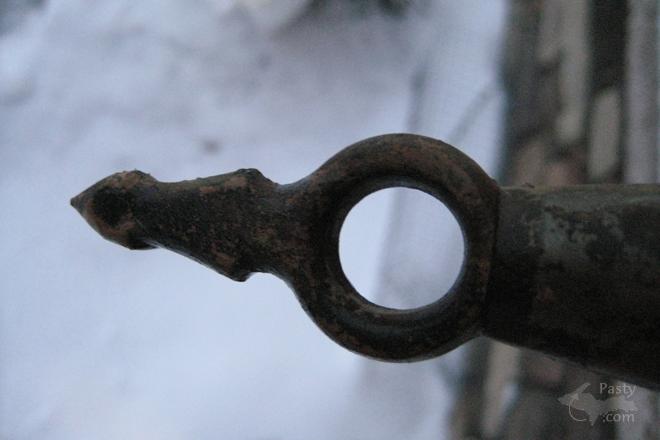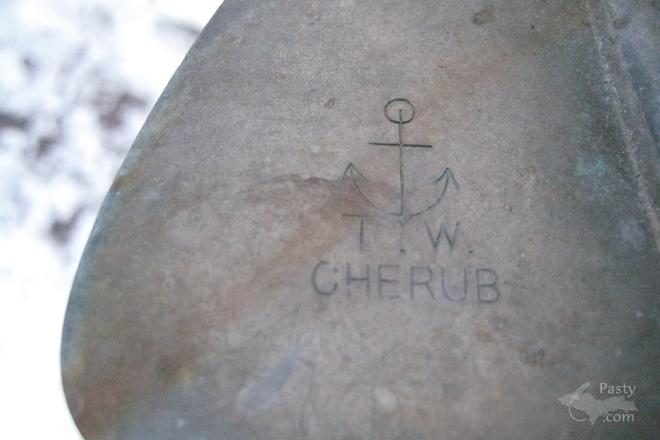Quote:Research finds, from the Smithsonian Collection...
This mechanical log measures a vessel's speed moving though water. The four-bladed rotator is towed astern. As it spins, the rotations of the towing line are registered by a wheel works and dial mounted to the vessel's rail. Older mechanical logs had placed the counting mechanism next to the rotator, requiring the log to be hauled in for reading. In the 1860s American and then English makers began placing the dial in a separate housing on the ship's rail, which allowed readings while the log was in use. Thomas Walker's firm in Birmingham, England, was a leading maker of logs.
Speed is an important factor in accurate navigation, and, since the sixteenth century, sailors had determined a vessel’s speed using a log. This device was basically a rope with knots tied at intervals along its length. With a board attached to one end to create drag, the log-line would be heaved overboard and allowed to run out for a short period of time. The number of knots counted off indicated the speed. (The unit of speed at sea is therefore the knot, one knot being equal to one nautical mile per hour.) Logs were susceptible to a variety of errors, so instrument makers developed mechanical logs to improve the recording of speed and distance.
Thomas Walker (1805-73) was a nephew of Edward Massey, the London nautical instrument maker whose patent mechanical logs enjoyed wide use in the nineteenth century. Walker’s firm and Massey’s merged at the end of the century.
Additonal information about this particular photo:
The instrument head and spinner is in remarkably good condition considering their years if service at sea. The brass deck shoe, in which the instrument head mounts, is present as well. There are minor blemishes, consistent with age that include tiny scratches, few chips and the appearance of smudging and prints found on each of the items. The dial face is very clear and easy to read , with only hints of oil residue once present. Further detailed cleaning would certainly lend an even greater glow. Printed on the dial face, along with nautical calibrations you find: "Walker's "COMMODORE" Electric Log", "Nautical Miles" and Made in England by Thos. Walker & Son Ltd. Birmingham". The Rotator, bullet-shaped "spinner" with four fins all marked with anchor logo and T.W. Cherub, one marked T.Walker & Son LTD, Birmingham, England. On the lower back of the instrument case you find enscribed "AL 6620". Also enscribed into the deck shoe is a small "H".









